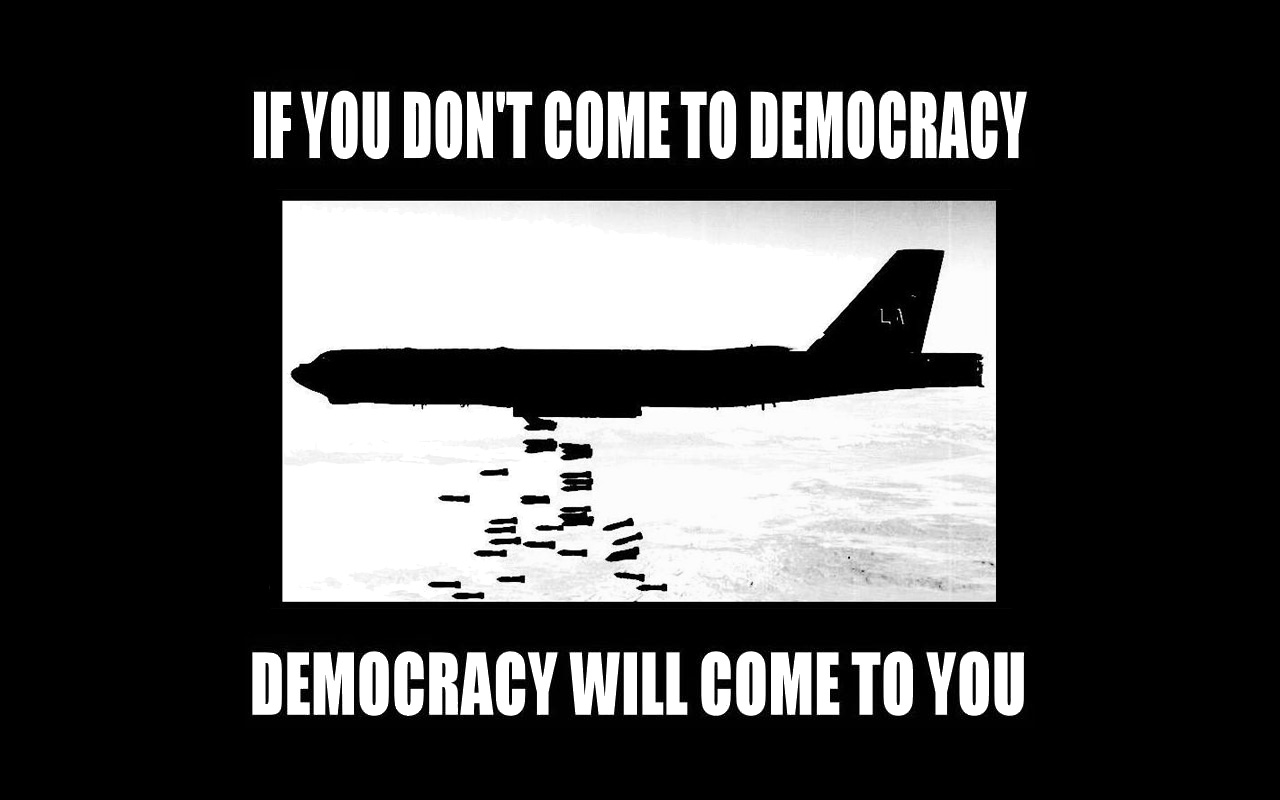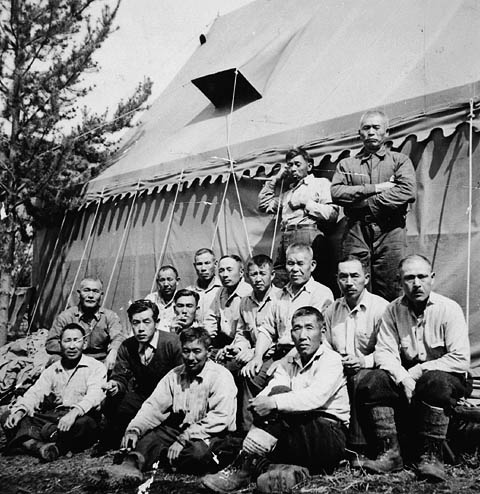Hello Everyone!
In our ASTU class, we have been discussing the topic of Hurricane Katrina through the book Zeitoun. Zeitoun is a book about a Syrian American who was wrongly imprisoned a few days after the catastrophe. It shines light on many instances of social and economic inequality. There are signs of discrimination against race as well as the poor during this “natural disaster” (yet many things about this disaster are anything but natural). These things include the slow reaction of help from the U.S. government to those in the storm, the inability of low income people to evacuate the city, and the imprisonment of “possible terrorists” (most of which turned out just to be regular, Syrian skinned individuals).
Two overarching problems that are evident include the discrimination of race and the discrimination of the impoverished. Incidentally, I am writing a research paper about the relationship between the minimum wage and poverty. The results of my findings show that raising minimum wage can be beneficial to impoverished people while disproving the common conception that raising minimum wage will cause high unemployment.
It may be only an issue of an issue (that is, minimum wage being one component of poverty, being another component of the larger social inequality issue), but it is one step in the right direction. The limitations of my paper also reveal many different areas of which we can improve the fight for those who were most subject to the damage from the storm (the poor, darker skinned individuals). Unemployment is an area of focus as well as improving the medical system, as poverty is a multi-faceted problem. If these individuals were not impoverished and able to evacuate the city, this would be considered a proactive solution to the storm rather than relying on help from the government.
Zeitoun can now be discussed in our class as a book about social inequality and ways of improving that social inequality through wage improvements, or through improving the other various facets of poverty.
Raymond Li






